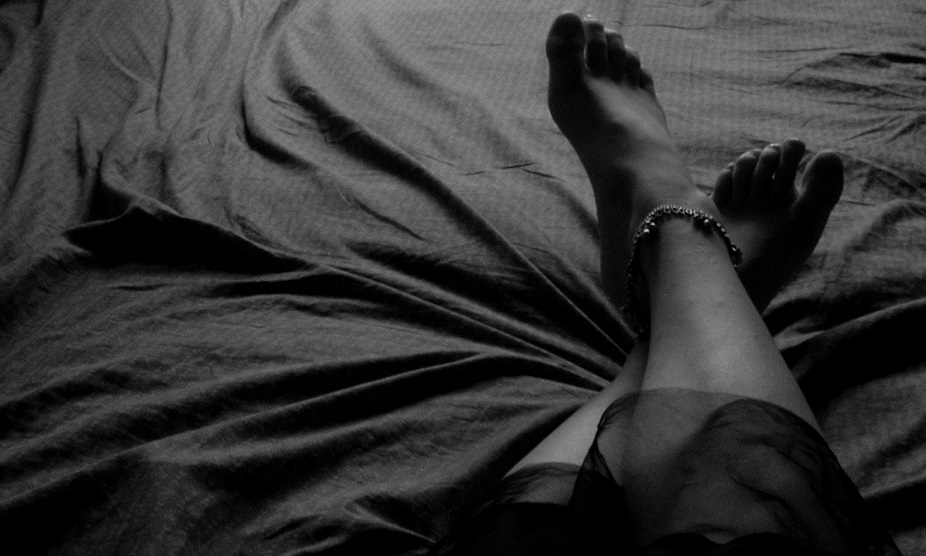 by Farzi
by Farzi
One morning, during my second year in graduate school at Liberty University, the sun was bright, my hopes for the day optimistic and buoyant as I rounded the corner to the university’s main campus– and what I saw shook me. Even as I stood in line at Starbucks, then settled myself in the writing center, I couldn’t shake what I’d witnessed. My mind would flash back to that scorching-hot moment, and my breath would catch mid-sentence with the pain. People spent all day asking me what was wrong when I’d suddenly cut off, close my eyes, and try to cringe my way back into the moment.
The next morning, they were still there.
Picketers.
Holding signs.
With graphically violent, gut-wrenching, disturbing, horrifying, and vomit-inducing pictures.
Pictures of “abortion.”
(trigger warning)
I had to drive past them every day for a week. Every day they would scream at me in my car as I’d do my best to ignore them, to not look them in the eye. I would have to fight with myself for every single second of the rest of that day not to break– not to start weeping in front of a student, or in my office.
The first day they arrived, they tried to hold their demonstration on Liberty’s campus, but the university refused and then issued a very public statement that their presence was not approved by the college, and that the university disagreed with what they were doing. Instead, they stood just outside the private property– on a road that almost every single university student had to use in order to go to class and their jobs. I had to pass them every single day.
And, as the week wore on, as I had a panic attack every day from try to hold back the memories, as I thought what it would have been like to have needed to get to a clinic. What would it have been like to drive through a wall of people waving those signs and screaming at me, running in front of my car? What would it be like to try to get out of my car, with people taking pictures of me and shouting that they’ll find out who I am? What if they tracked me down and started calling me at my house? What if they made death threats? Threats that were serious– because some of them had actually carried it out?
The next week, when the pro-life group I was a part of asked me to drive them to the Richmond clinic, I said no. Even if I knew that this group didn’t do any of that, that all they did was sit in the car outside the clinic and pray and occasionally hold a sign saying “God loves you,” I couldn’t do it. I couldn’t be a part of a culture that even in its mildest forms is there to guilt and shame women.
~~~~~~~~~~
The Supreme Court is hearing a case from Massachusetts regarding buffer zones around women’s health clinics (I use that term instead of the more inflammatory “abortion clinic” because these clinics usually offer a host of free or cheap care for women who couldn’t otherwise afford it, things like breast exams). Since this process started, I’ve watched pro-choice and pro-life advocates on twitter and in comment sections rage at each other, and I can feel the same rage simmering inside of me.
I’ve seen what the people who want to eliminate any sort of buffer zone do, first-hand. I’ve heard, over the past few years, what seems like countless stories from escort volunteers and women visiting the clinic. They face a barrage of hate and vitriol, sometimes daily. Clinic workers and volunteers sometimes fear for their lives.
And it both breaks my heart and infuriates me because as well-intentioned as most of these picketers and protesters probably are, what they’re doing– it’s wrong. They lie and manipulate, they threaten and demean. Their tactics are not intended to demonstrate love, or compassion, but to intimidate and frighten, to guilt and shame. And while there are most likely many pro-life advocates who are just as repulsed as I am (after all, I was repulsed by it when I was still pro-life), there are whole organizations like Army for God and Operation Rescue who use bullhorns, loudspeakers, scaffolding, semi-trucks . . . and spend hours screaming at people that they are “worthy of nothing but disdain,” who upon the murder of a physician say things like they are “mass muderders,” that their hands are “covered in blood,” and “We must continue to expose them in our communities . . . at their offices and homes, and yes, even their churches”– this, when Tiller was slaughtered the day before inside his own church.
This is not something that any Christian should be a part of. This should be a method, a culture of violence and rage and hate, that Christians loudly condemn. This should be universally decried, not something that many of us support.
EDIT: please read my comment policy before you comment. Personal attacks will mean you will be blocked.



